Noorooz: The Celebration of Nature’s Renewal and the Iranian New Year
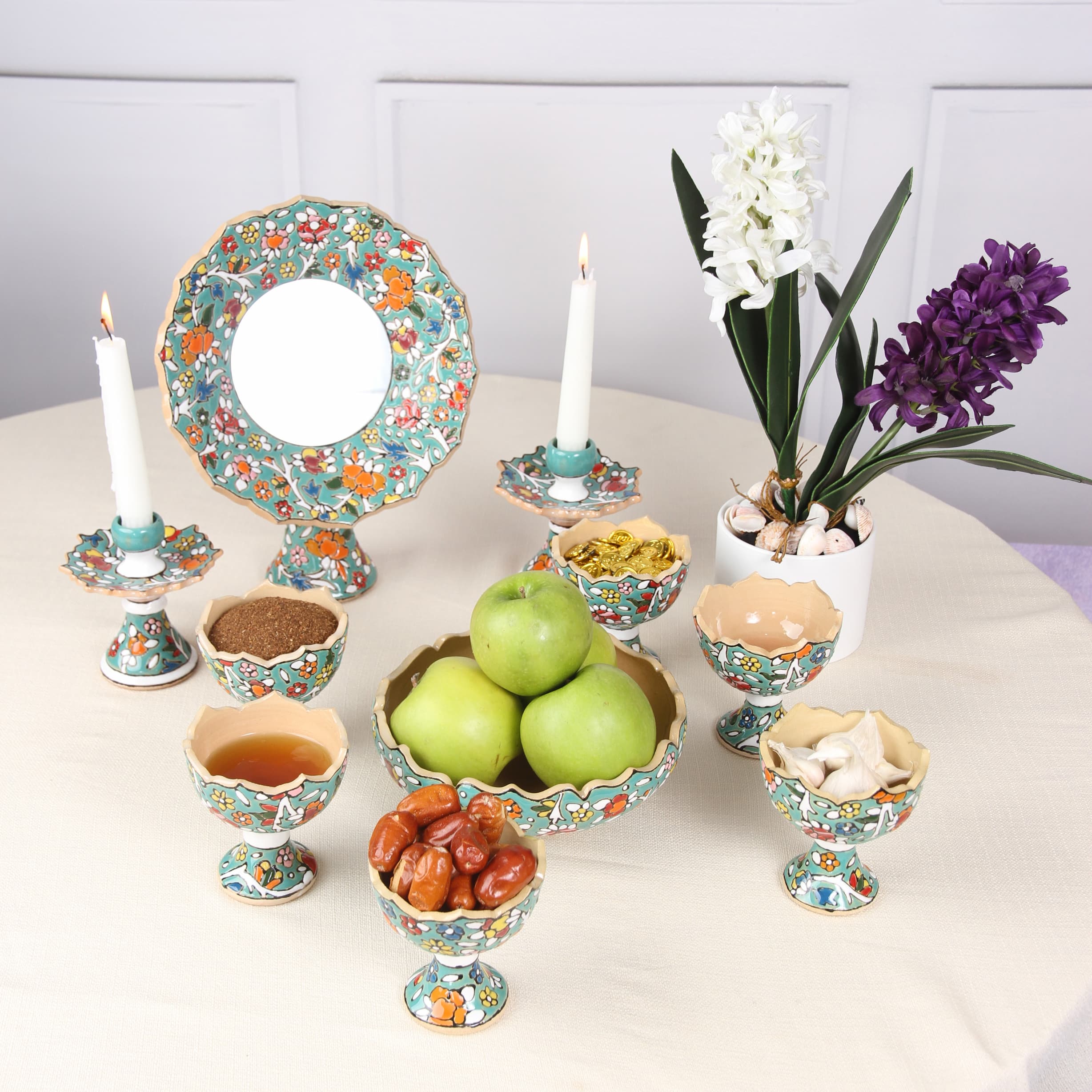
Noorooz (نوروز), meaning “New Day,” is a vibrant and cherished celebration marking the arrival of spring and the start of the Persian New Year. Rooted in over 3,000 years of history, this ancient festival is a symbol of renewal, harmony, and joy. Celebrated across Iran and by millions worldwide, Noorooz has become an emblem of Persian culture, featuring beautiful traditions, meaningful rituals, and a profound connection to nature. With heartfelt greetings of “Happy Noorooz,” families and communities come together to honor this beautiful celebration of life and new beginnings.
The Origins and History of Noorooz
Noorooz in Ancient Persia
The origins of Noorooz (نوروز) are intertwined with Zoroastrianism, where the festival celebrates Noorooz; the renewal of nature, and the triumph of good over evil. Some historians suggest its roots stretch as far back as the Babylonian era, while others credit its widespread celebration to Cyrus the Great in 538 BCE. The name “Noorooz” captures the essence of a fresh start, a principle that resonates deeply in Persian culture.
Noorooz During the Achaemenid Empire
Under the Achaemenid dynasty, Noorooz evolved into a grand national event. At Persepolis, kings hosted elaborate ceremonies, receiving gifts from various provinces to demonstrate unity and diversity. This period solidified Noorooz as a celebration of cultural pride and national identity, a legacy that endures to this day.
 Noorooz Traditions in Iran
Noorooz Traditions in Iran
The Haft-Seen Table
The Haft-Seen table is a cornerstone of Noorooz festivities, featuring seven items starting with the Persian letter “S,” each symbolizing an aspect of life and renewal:
- Sabzeh (Sprouts): Renewal and growth.
- Sib (Apple): Beauty and health.
- Samanu (Sweet Pudding): Strength and fertility.
- Senjed (Dried Fruit of Oleaster): Love and passion.
- Seer (Garlic): Health and protection.
- Serkeh (Vinegar): Patience and wisdom.
- Somāq (Sumac): Sunrise and new beginnings.
Additional items like mirrors, candles, goldfish, and painted eggs enhance the table’s symbolic richness, making it a visual and spiritual highlight of Persian Noorooz.
Spring Cleaning and Fresh Starts
Khaneh-Tekani, or house cleaning, is an essential prelude to Noorooz (نوروز). Families cleanse their homes and hearts, preparing to welcome a year filled with positivity and prosperity. Buying new clothes signifies a fresh beginning and a renewed outlook.
Visiting Family and Strengthening Bonds
During Noorooz, family visits are a cherished custom. Loved ones exchange greetings, gifts, and blessings, fostering unity and harmony. Elders, in particular, hold a revered place in these celebrations, symbolizing respect and tradition.
Sizdah Bedar: Embracing Nature
On the thirteenth day of Noorooz, families celebrate Sizdah Bedar by spending time outdoors. Picnics, games, and joyful gatherings in nature mark this day, as participants bid farewell to the holiday season and embrace positivity for the year ahead.
Chaharshanbe Suri: Welcoming Noorooz
Chaharshanbe Suri, or the Fire Festival, is celebrated on the last Wednesday of the Persian year. Participants jump over bonfires, chanting phrases to rid themselves of negativity and welcome health and happiness.
Noorooz Cuisine
Noorooz (نوروز) is also a culinary delight, featuring dishes that symbolize abundance and renewal. Staples include:
- Sabzi Polo ba Mahi: Herbed rice with fish, representing growth and life.
- Kuku Sabzi: A delicious herb frittata embodying the freshness of spring.
- Ajil: Mixed nuts and dried fruits, often enjoyed during visits to loved ones.
These dishes, prepared with care and tradition, add a flavorful dimension to Noorooz celebrations, making every meal a reason to wish friends and family a “Happy Noorooz.”
Noorooz Around the World
Noorooz transcends borders, uniting communities in Afghanistan, Tajikistan, Azerbaijan, Turkey, Iraq, and beyond. In 2010, the United Nations declared March 21 as International Noorooz Day, highlighting its cultural significance. From Tehran to Toronto, joyous greetings of “Happy Noorooz” echo through homes and streets as families celebrate Noorooz.
- How long does Noorooz last?
Noorooz celebrations typically last for 13 days, starting on the vernal equinox and ending with Sizdah Bedar, where families spend time in nature. - Can non-Persians celebrate Noorooz?
Absolutely! Noorooz is a universal celebration of spring and renewal. Many non-Persians join their Persian friends to enjoy the traditions, food, and festive atmosphere. - Why are there goldfish on the Haft-Seen table?
Goldfish symbolize life, motion, and vitality. They are often included on the Haft-Seen table to represent renewal and progress in the new year. - Is Noorooz a religious or secular celebration?
Noorooz has Zoroastrian roots, but it is celebrated as a cultural and secular holiday in modern times. People of all religions and beliefs partake in the festivities. - What is the role of fire in Noorooz celebrations?
Fire plays a significant role in Chaharshanbe Suri, the fire-jumping festival before Noorooz. It symbolizes cleansing, renewal, and the transfer of energy from fire to participants. - How is Noorooz celebrated differently in Iran compared to other countries?
In Iran, Noorooz is deeply tied to traditions like Haft-Seen, house cleaning, and family visits. Other countries may adapt these customs to their cultural practices, but the themes of renewal and unity remain central. - What gifts are exchanged during Noorooz?
Money (eidi), sweets, fruits, and symbolic items like flowers are common Noorooz gifts. These gestures are meant to express good wishes and prosperity for the year ahead. - What is the significance of painted eggs during Noorooz?
Painted eggs on the Haft-Seen table represent fertility and new beginnings, mirroring the themes of spring and renewal central to Noorooz. - Why do people clean their homes before Noorooz?
Khaneh-Tekani, or house cleaning, is a symbolic act of purification, ensuring that families welcome the new year with a clean and refreshed environment. - How can I create my own Haft-Seen table?
You can create a Haft-Seen table by gathering the seven symbolic items (Sabzeh, Sib, Samanu, Senjed, Seer, Serkeh, and Somāq) and adding decorative elements like a mirror, candles, goldfish, and painted eggs. If you need these items, visit the Persis Collection, where we offer a curated selection of Noorooz essentials and décor.






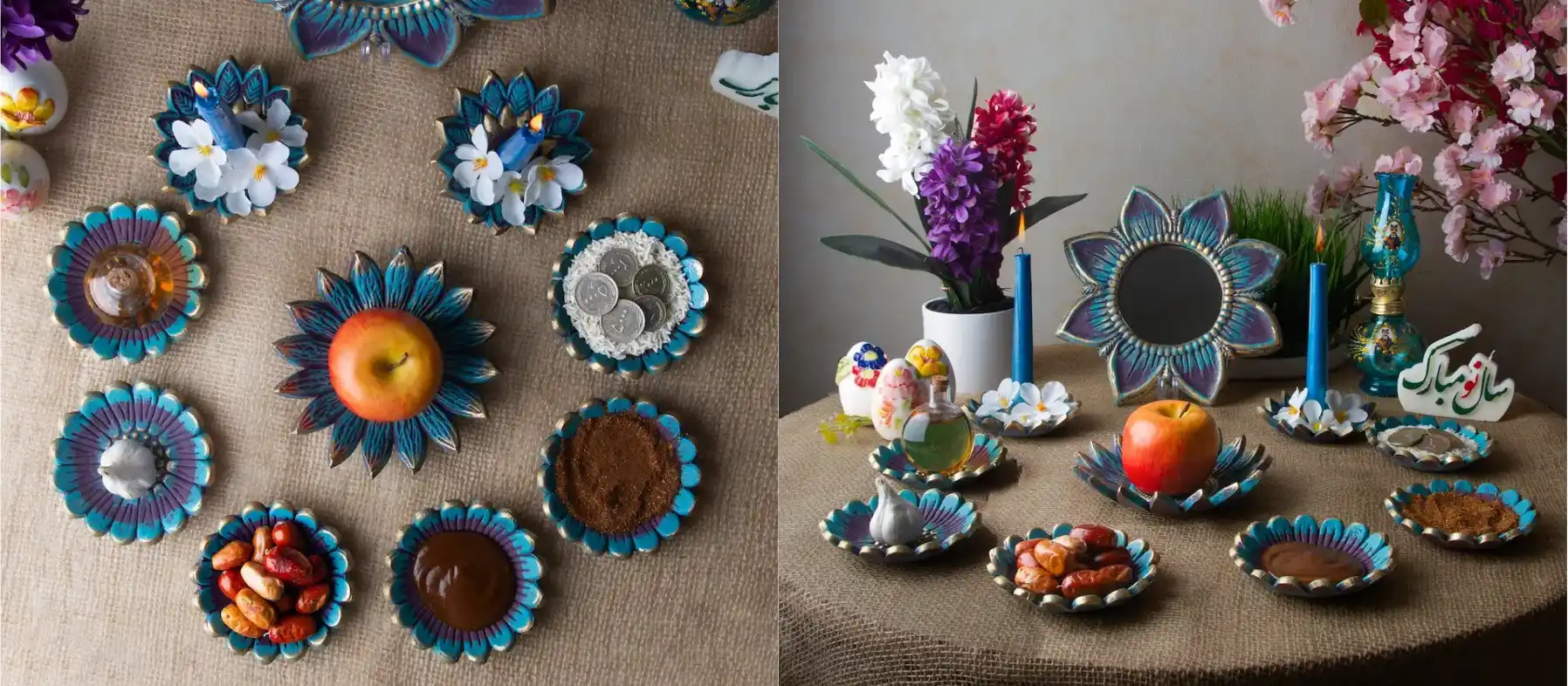 Noorooz Traditions in Iran
Noorooz Traditions in Iran

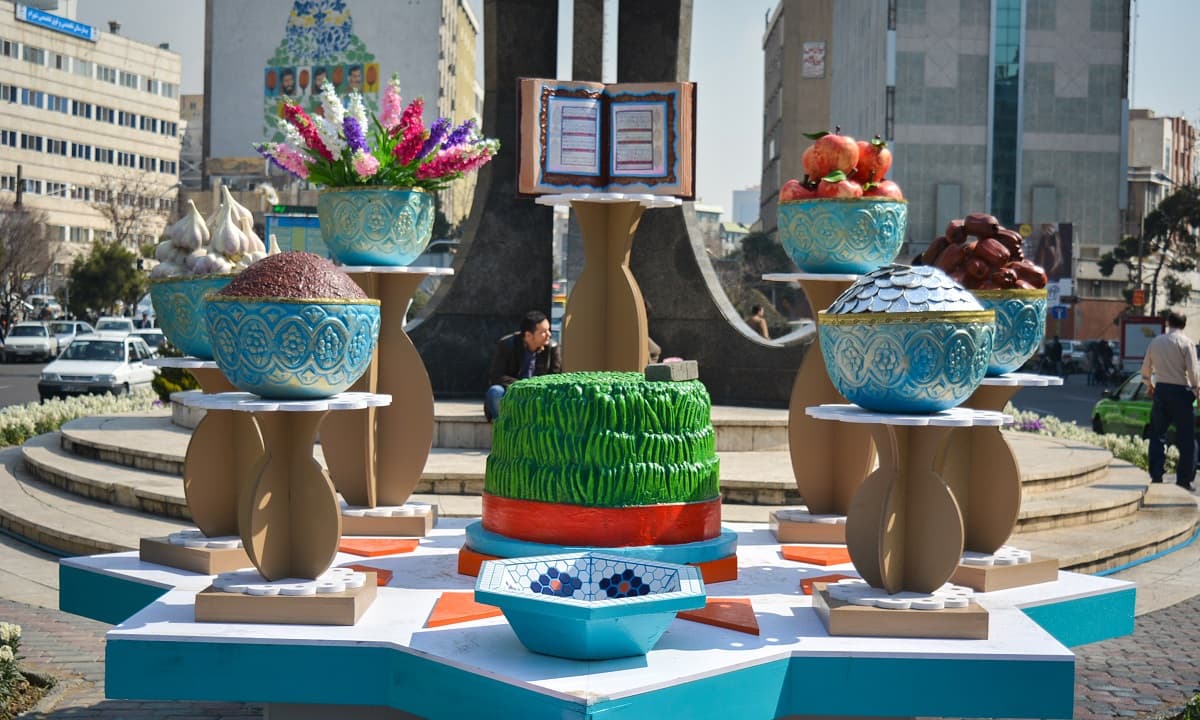
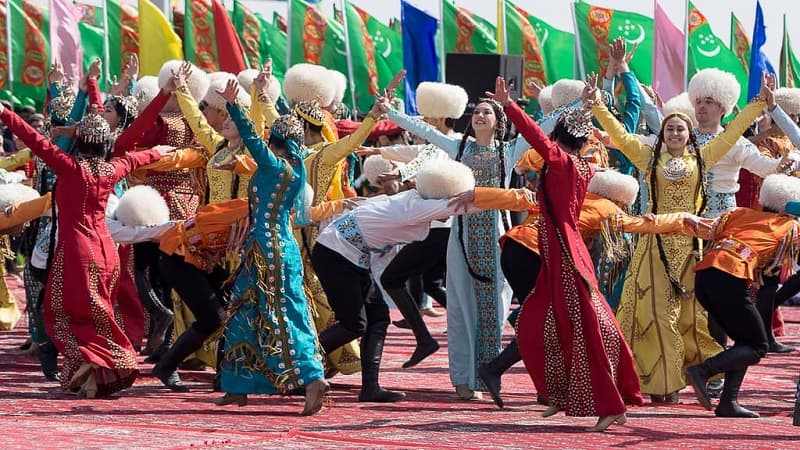
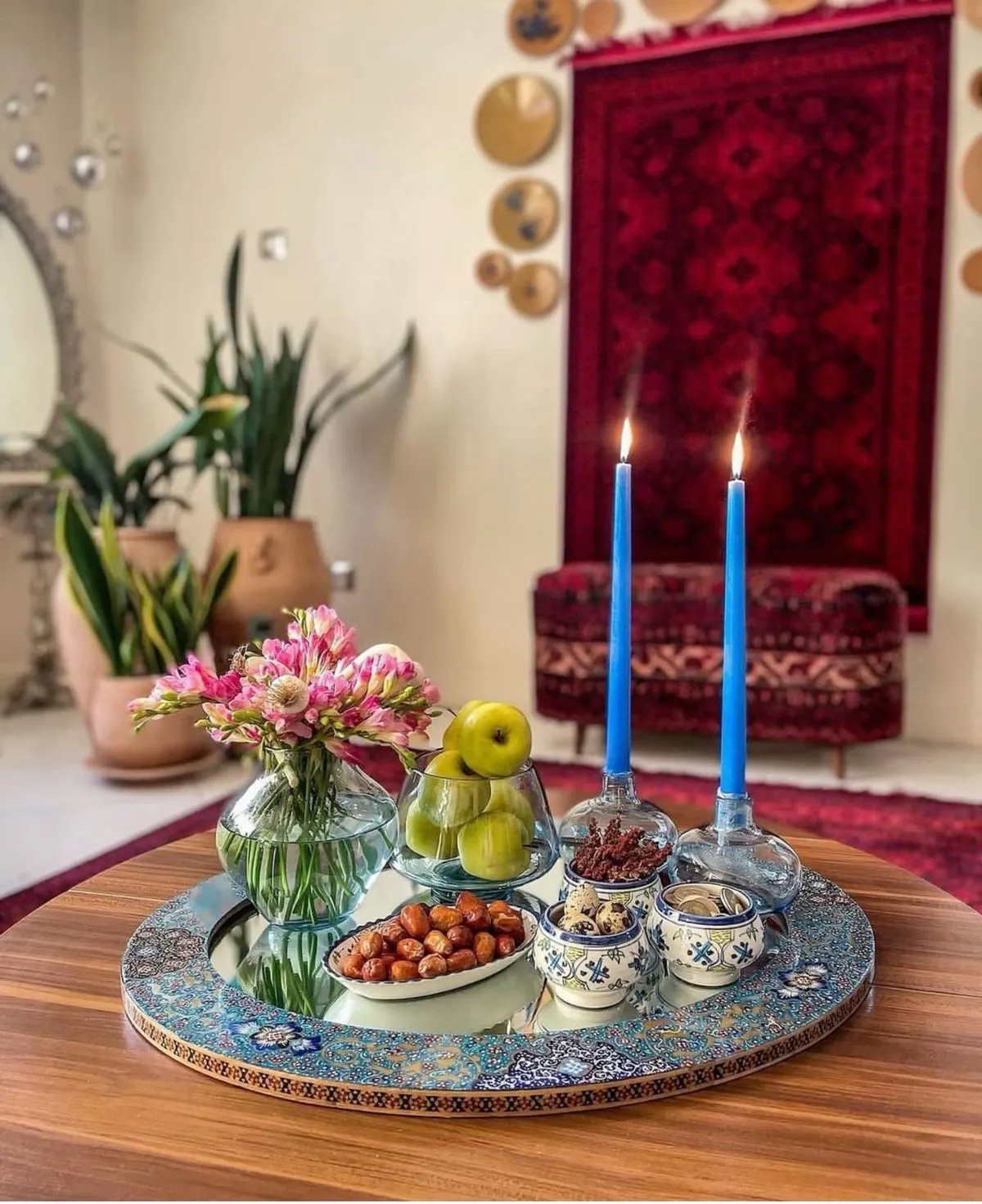
Comments